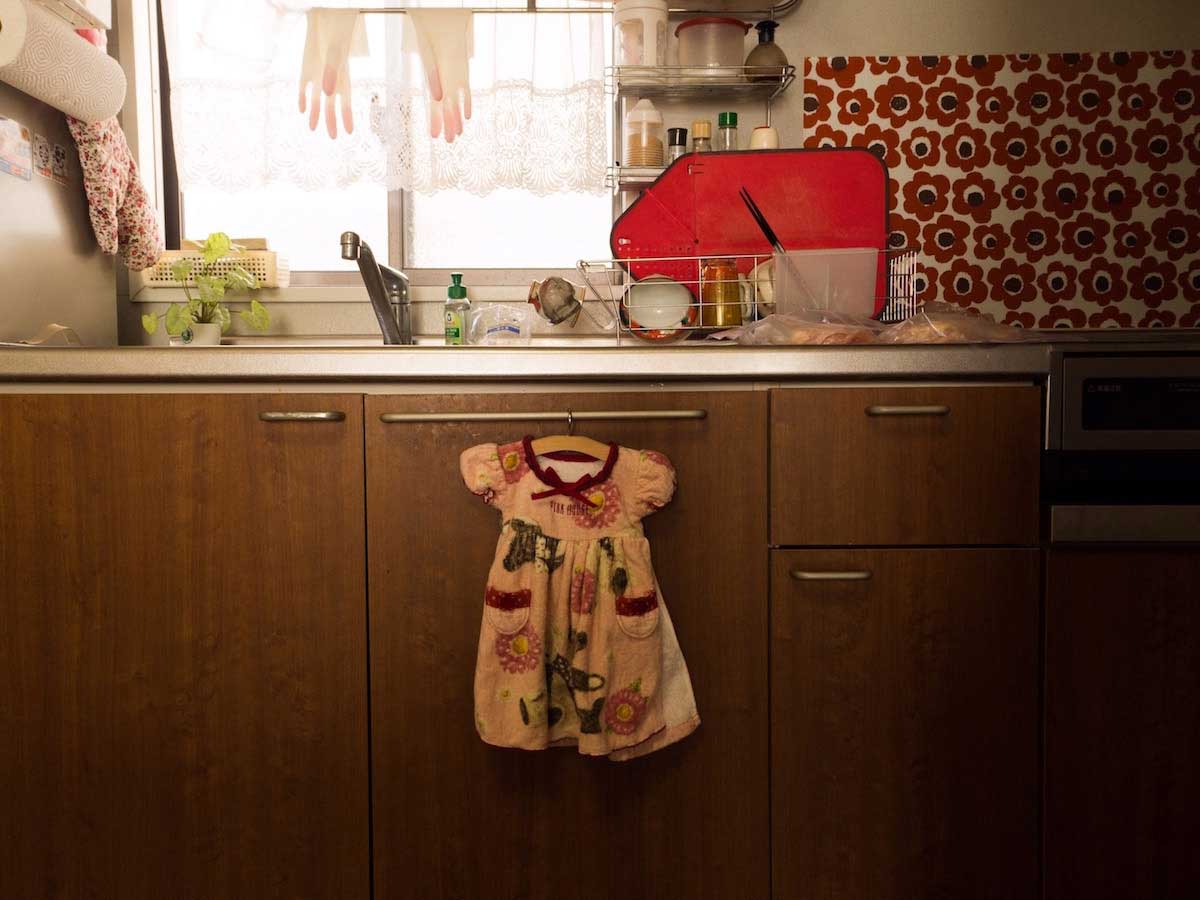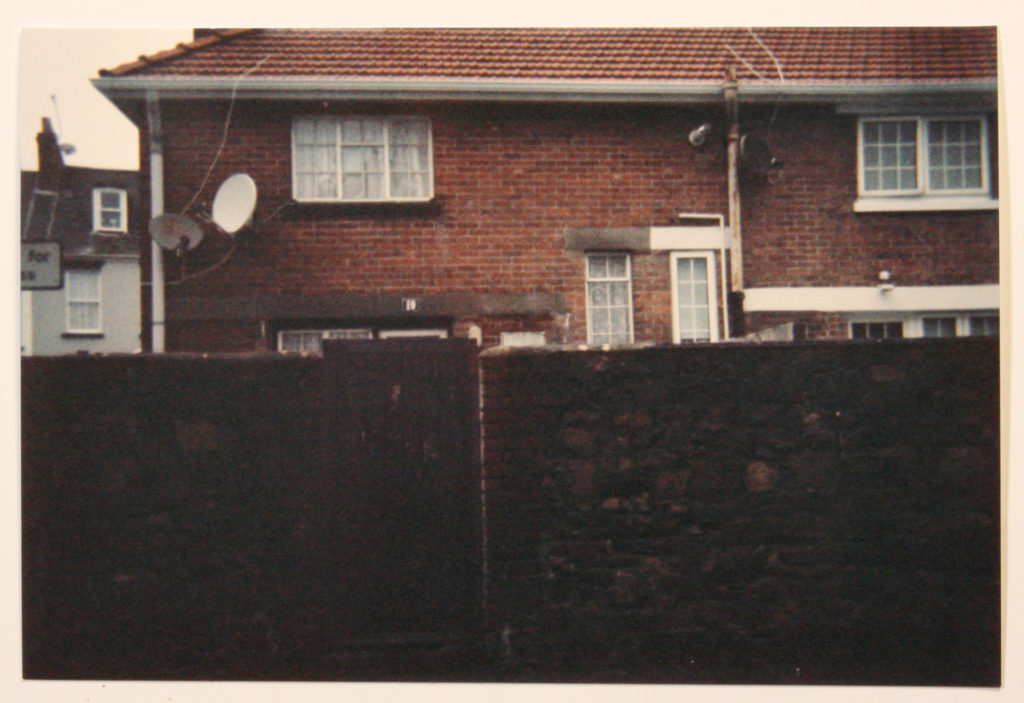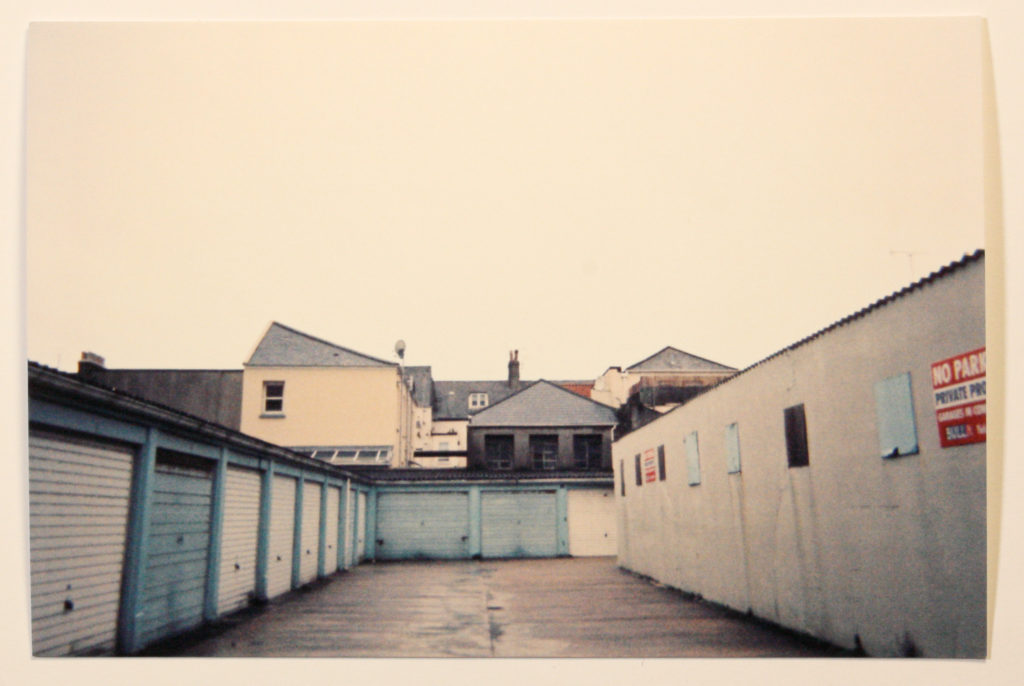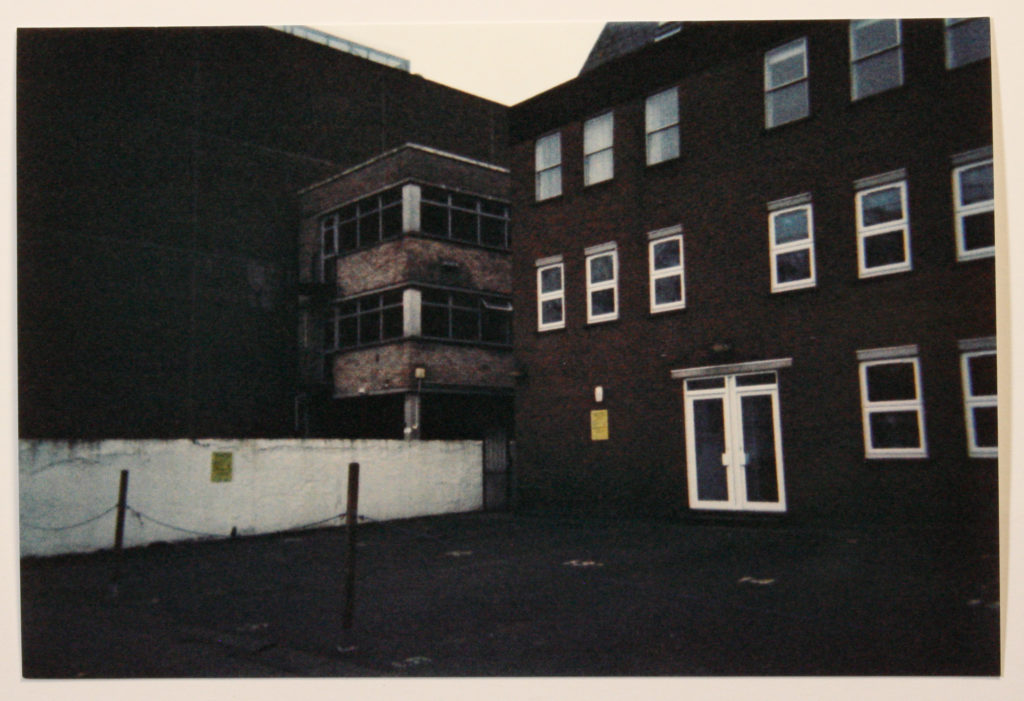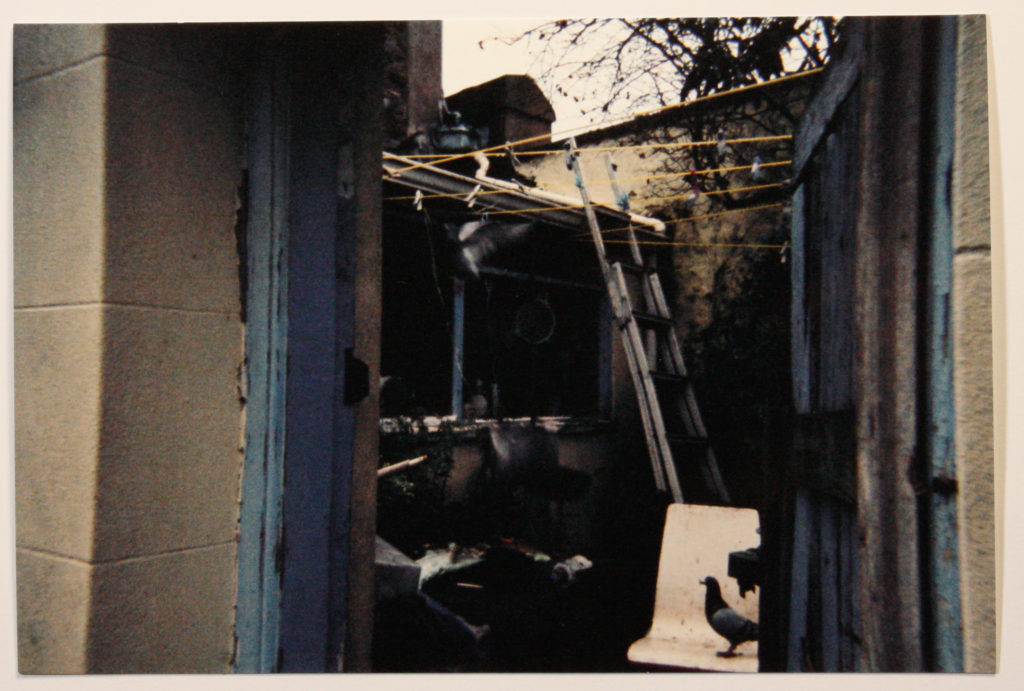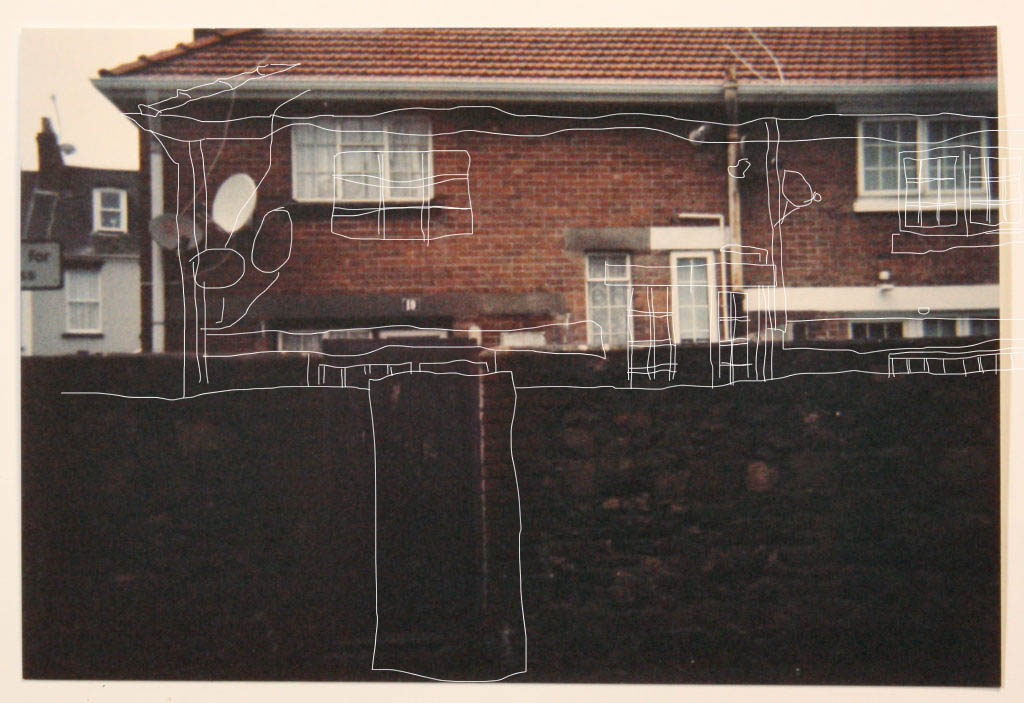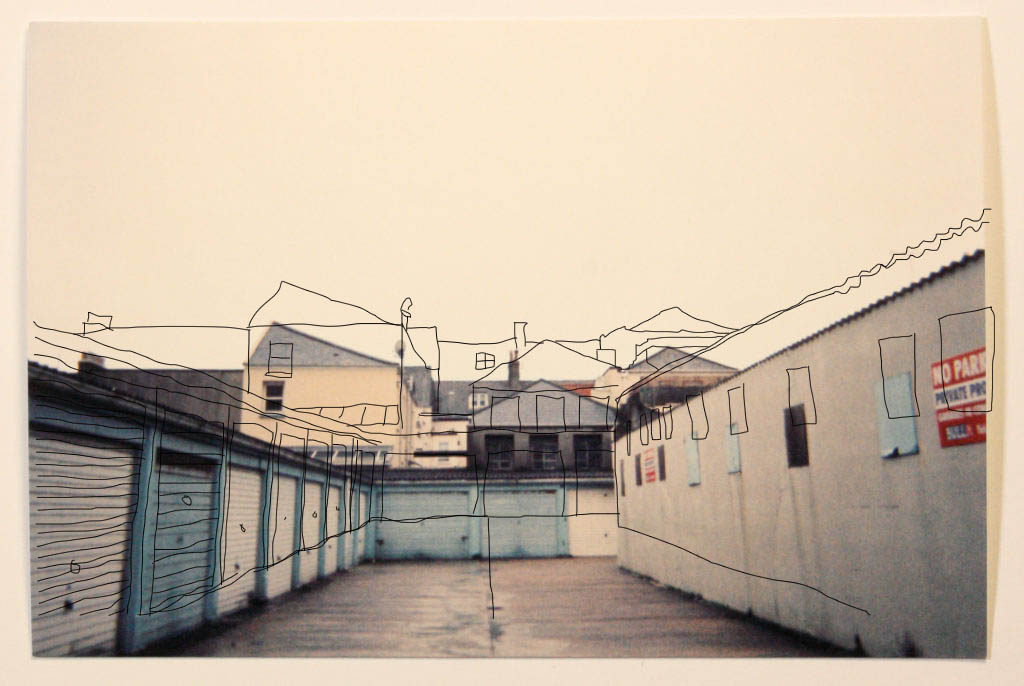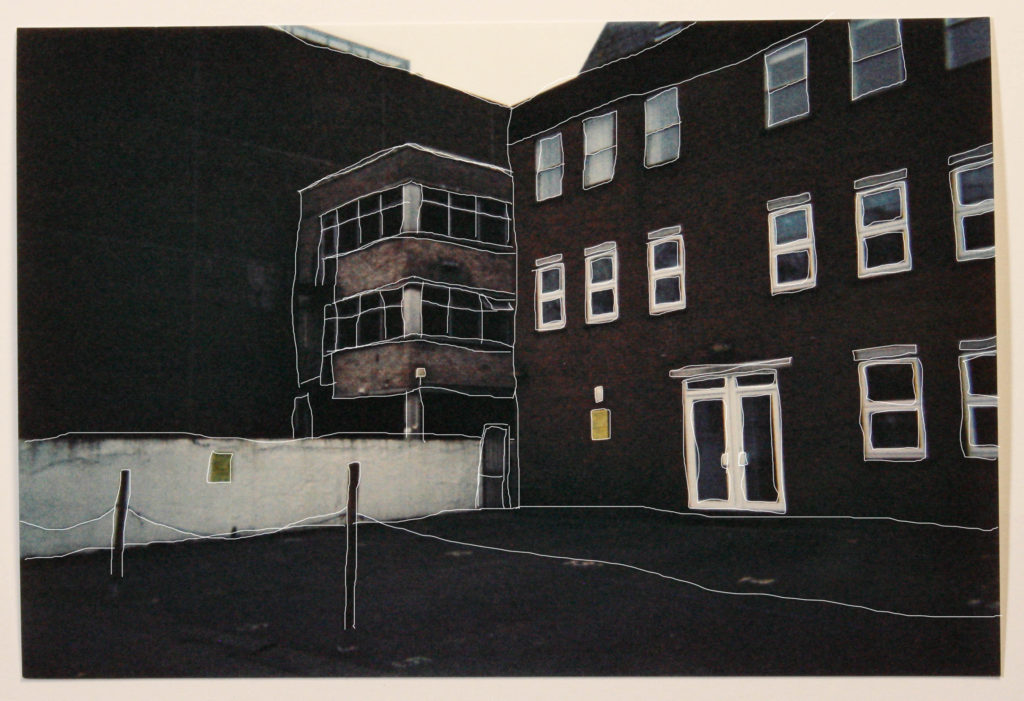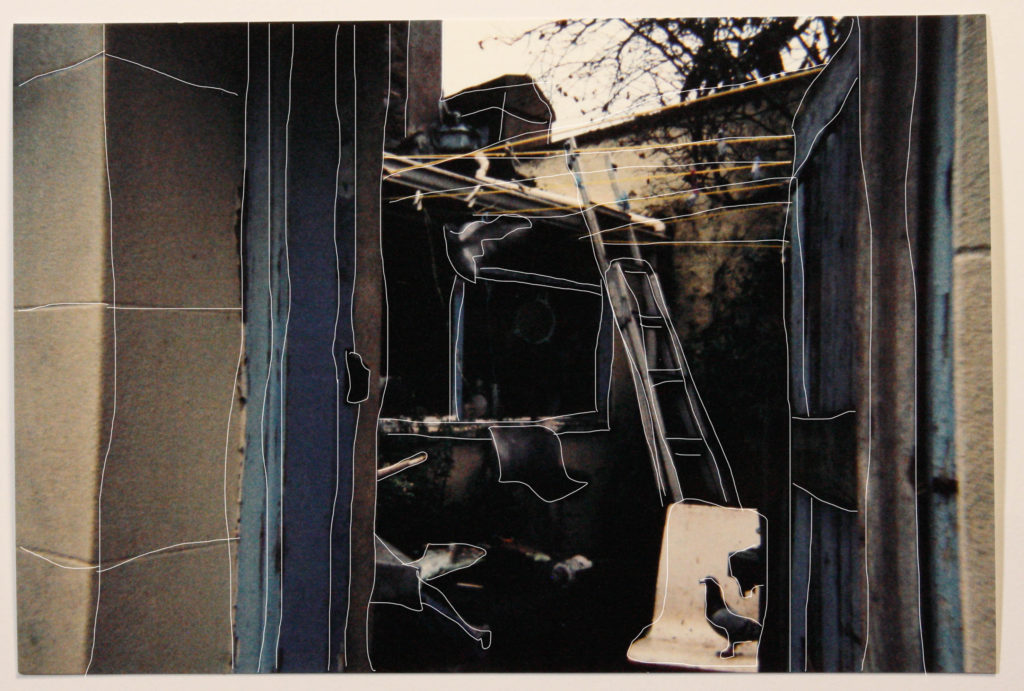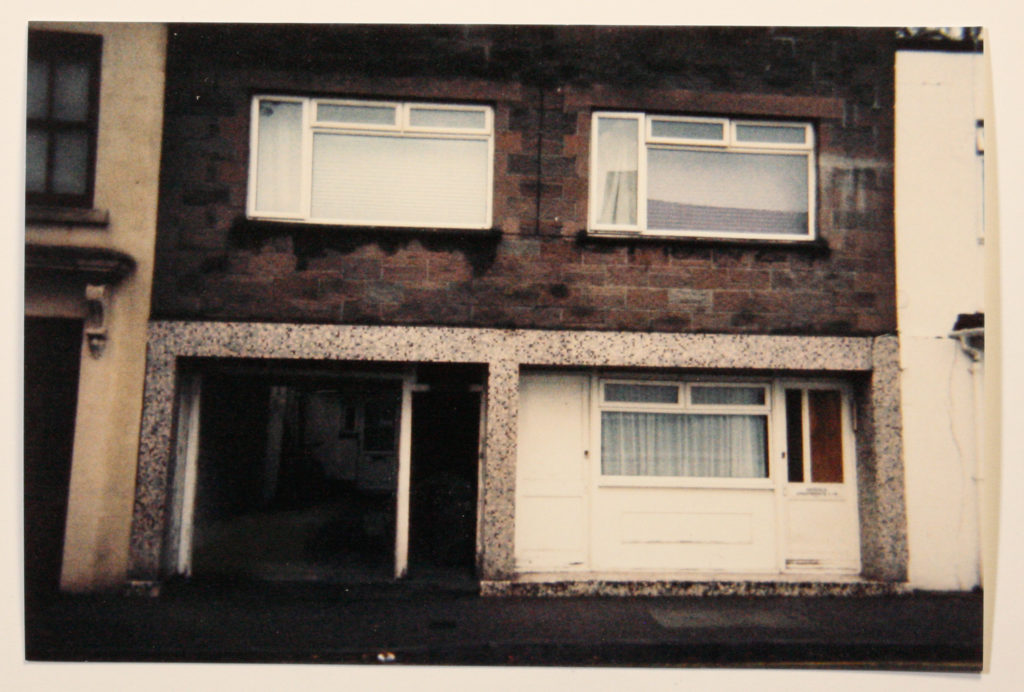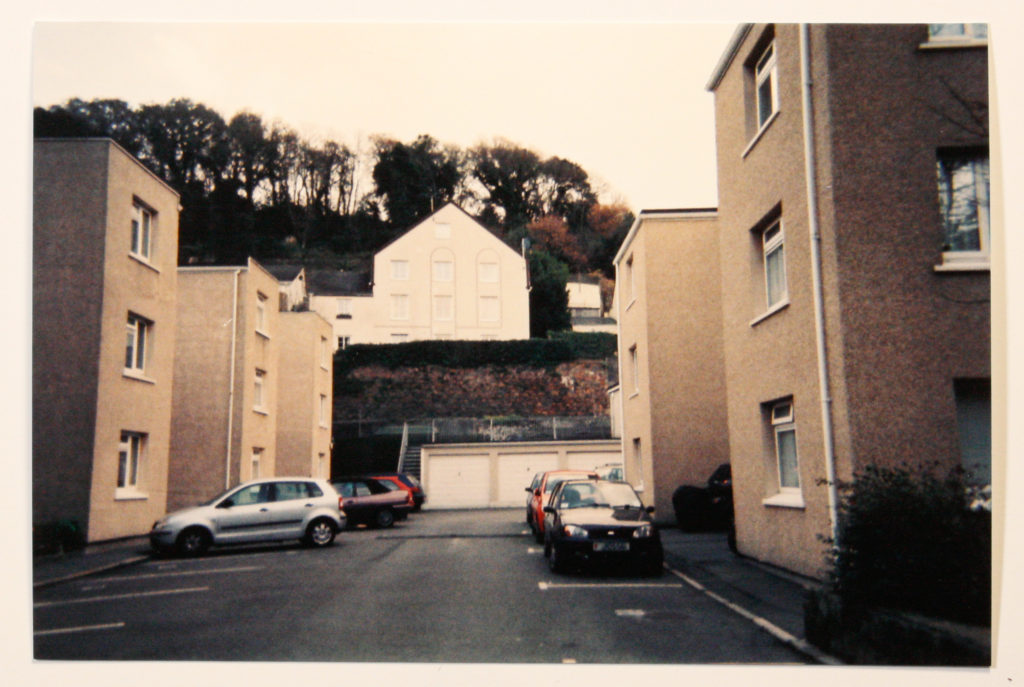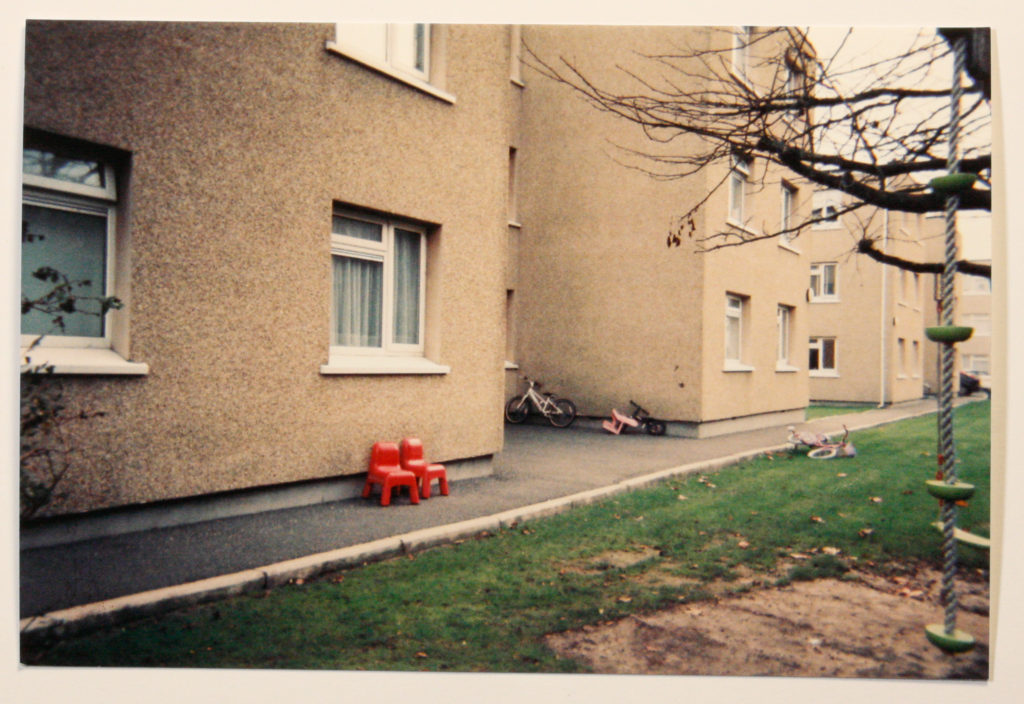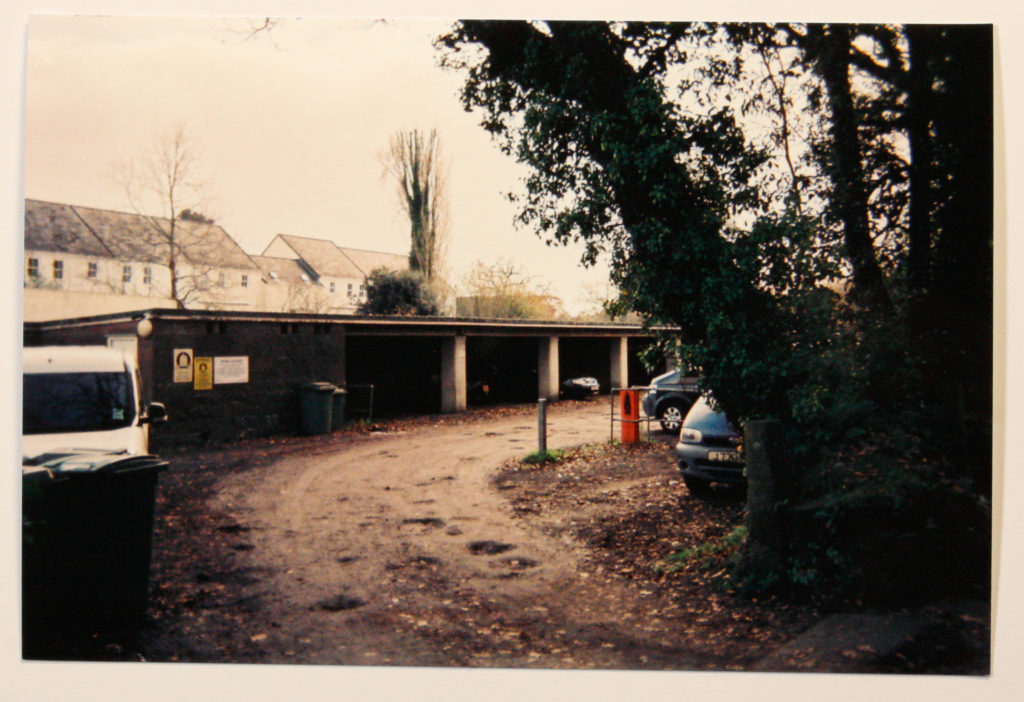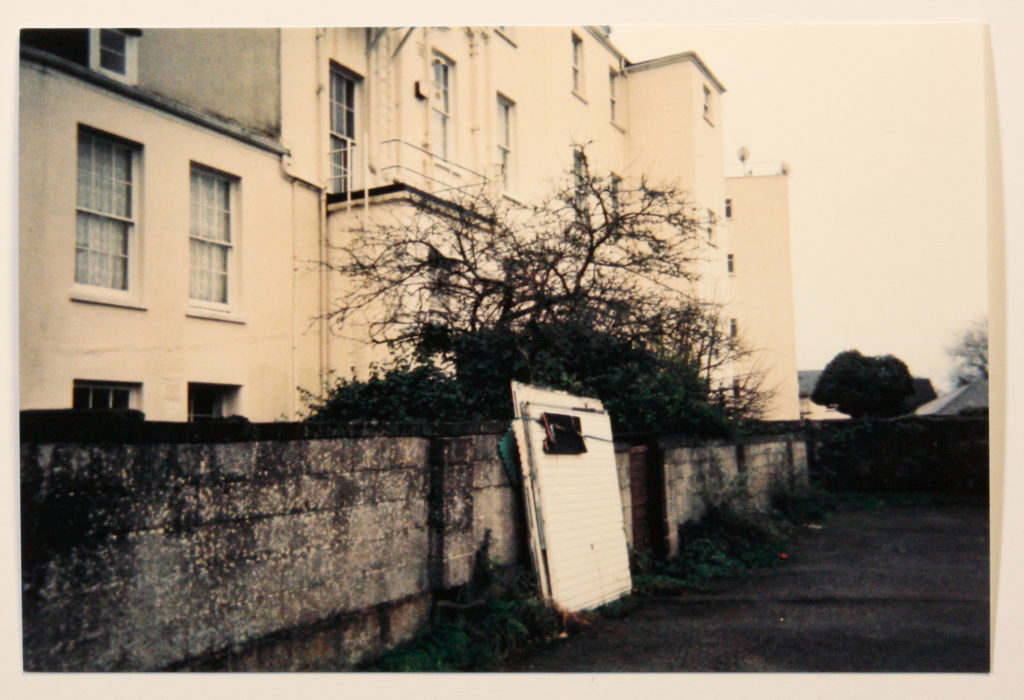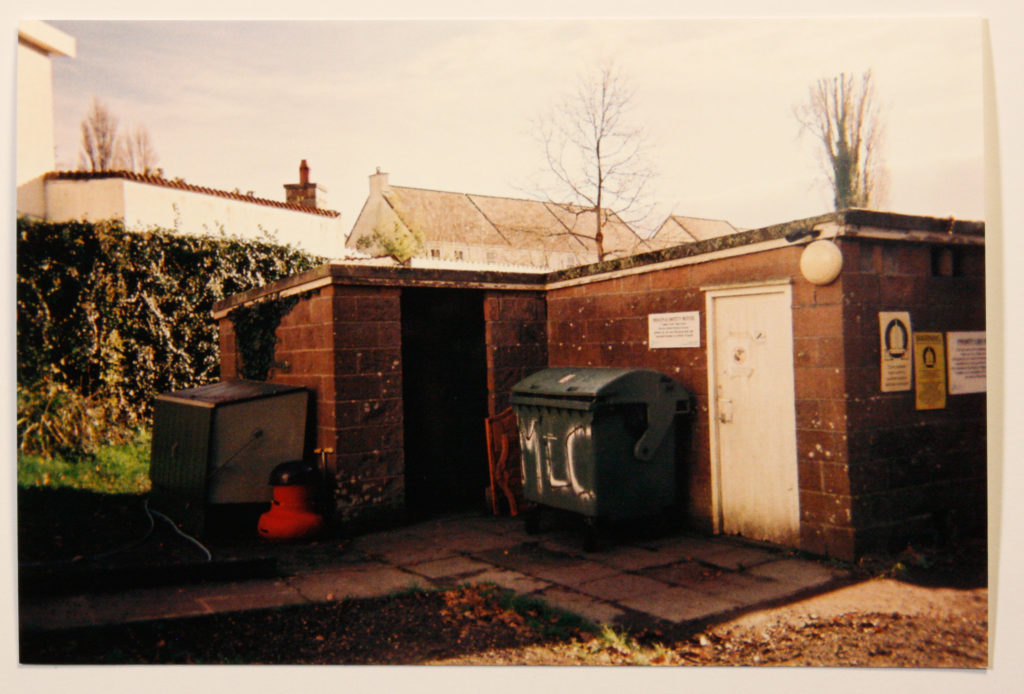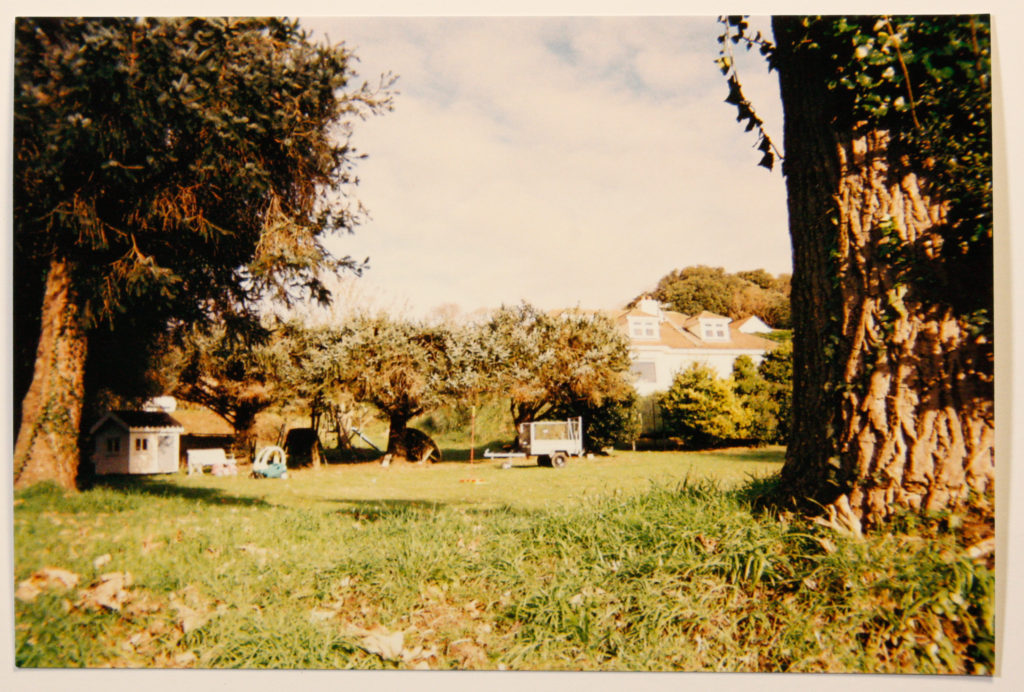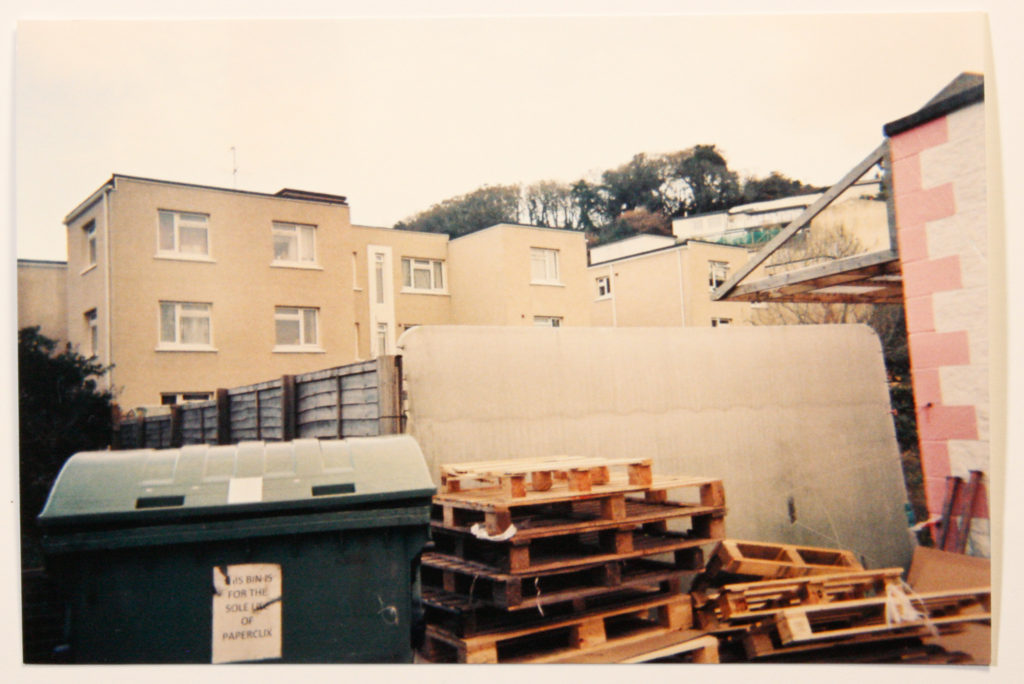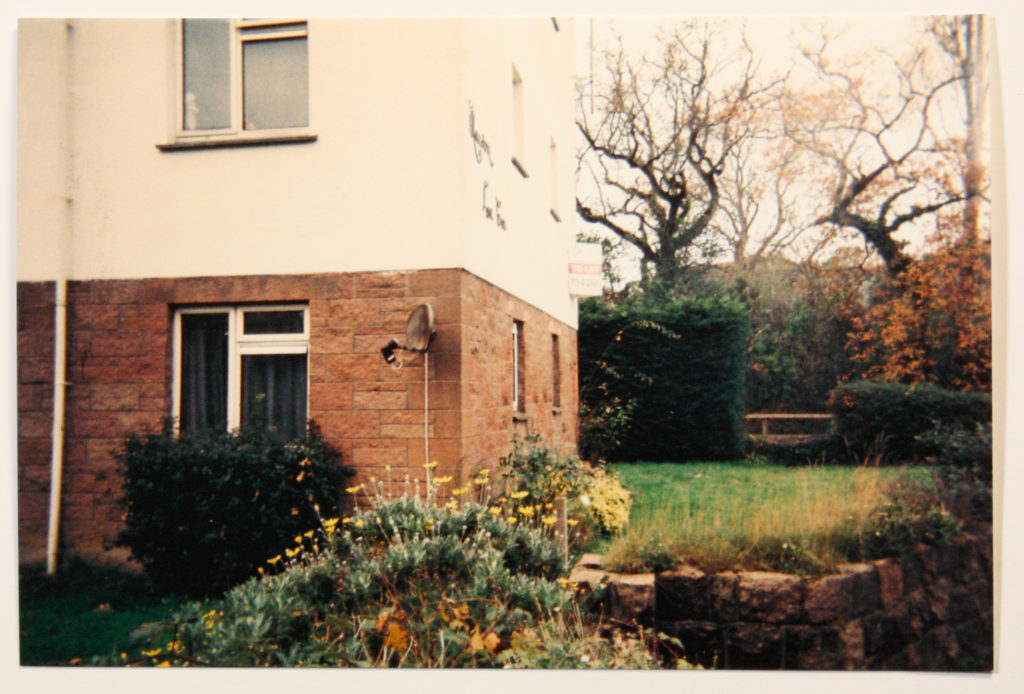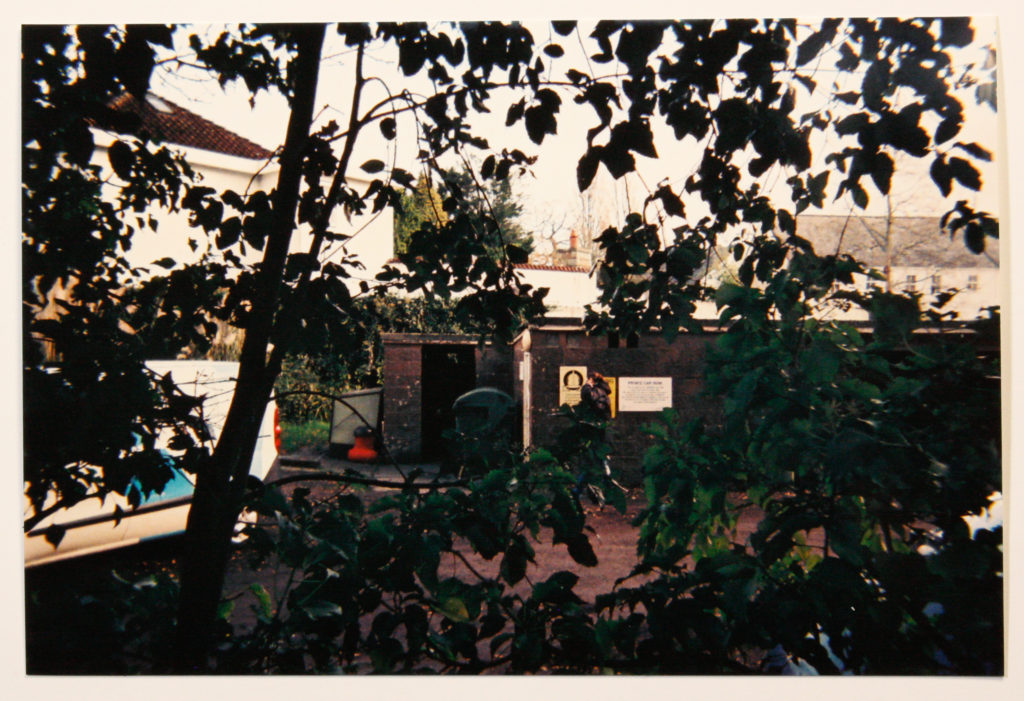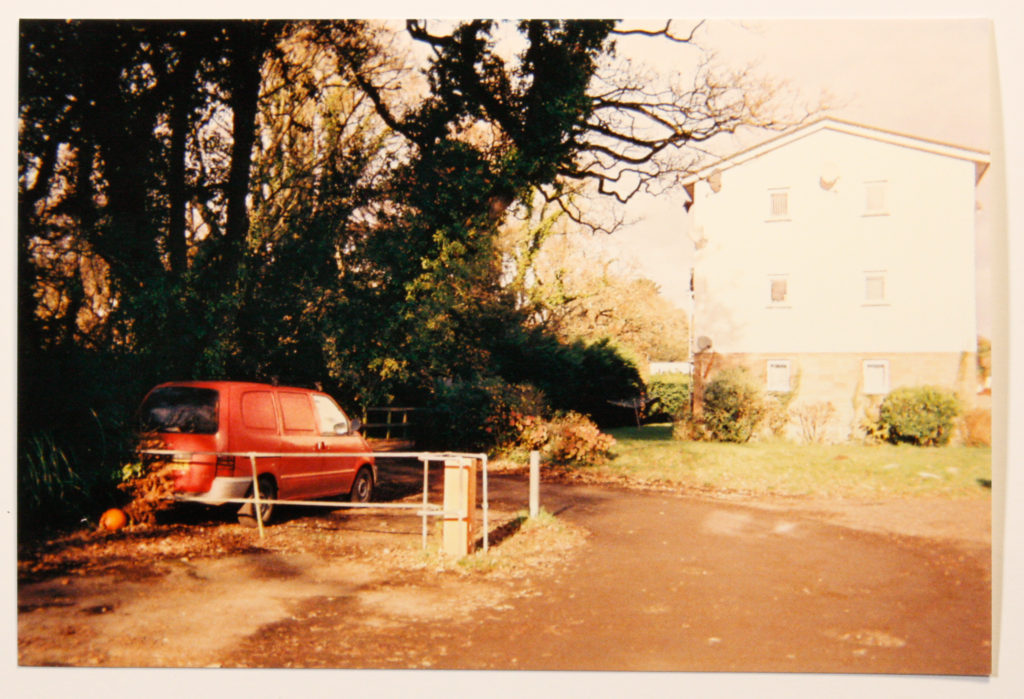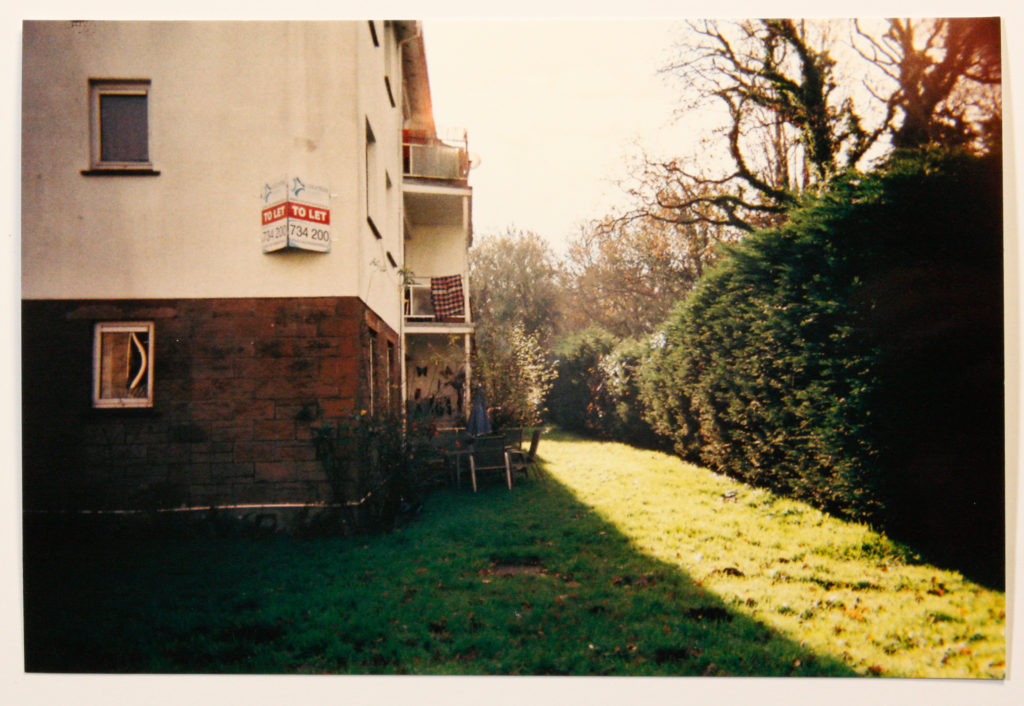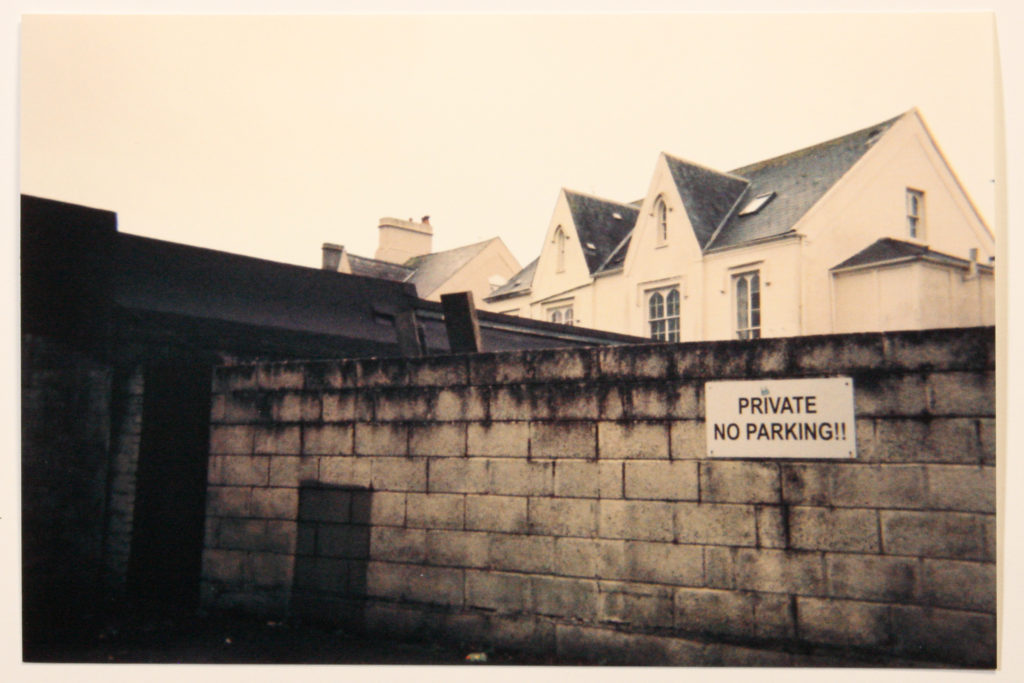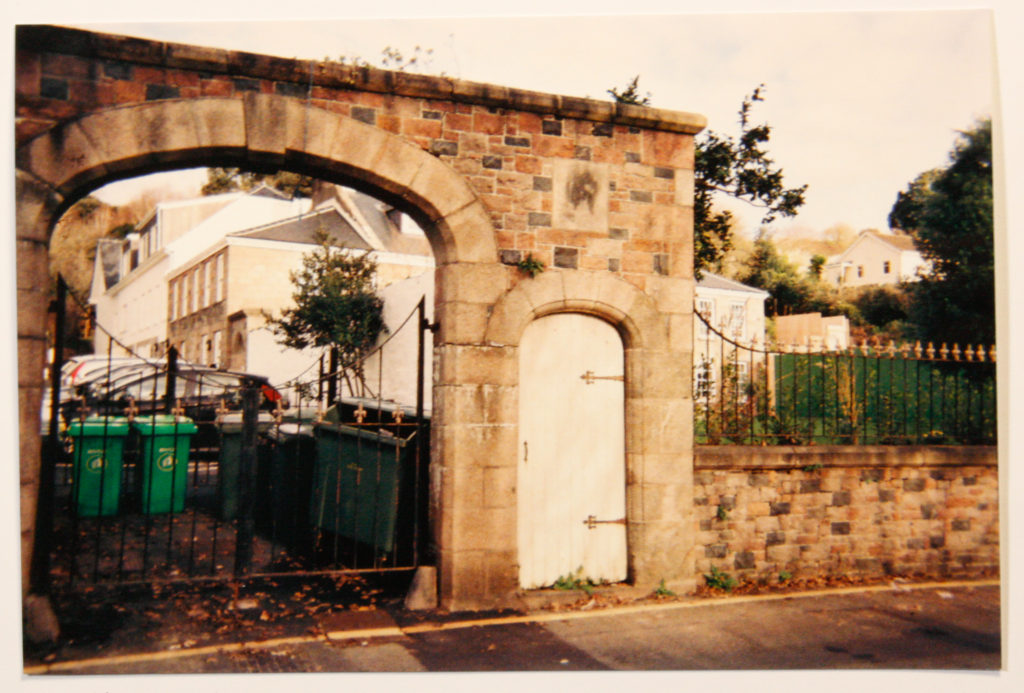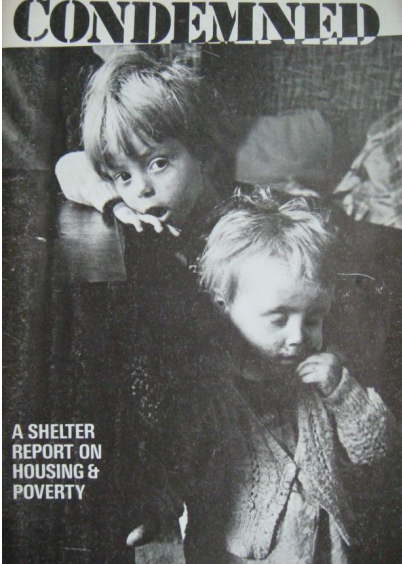“RED STRING” – Yoshikatsu Fujii
- Book in hand: how does it feel? Smell, sniff the paper.
One of the most prominent aspects of this photo book is the physical feel of it. The material which has been used to create the cover is a soft and plush felt in an of white cover, arguably being symbolic of the protection which the parents of this book’s author provided her with.

- Paper and ink: use of different paper/ textures/ colour or B&W or both.
There is a multitude of different papers used within this book, mostly made up of regular matte finish paper, yet we see inserts of paper which are much thinner and the initial two images are printed on gloss. Color also plays a huge symbolic factor in this book, there is a variation between color and B&W images in the book. The inserts which have been secured to the inside of the book are done so with red washi tape, which reflects the color of the red string and therefore the title.
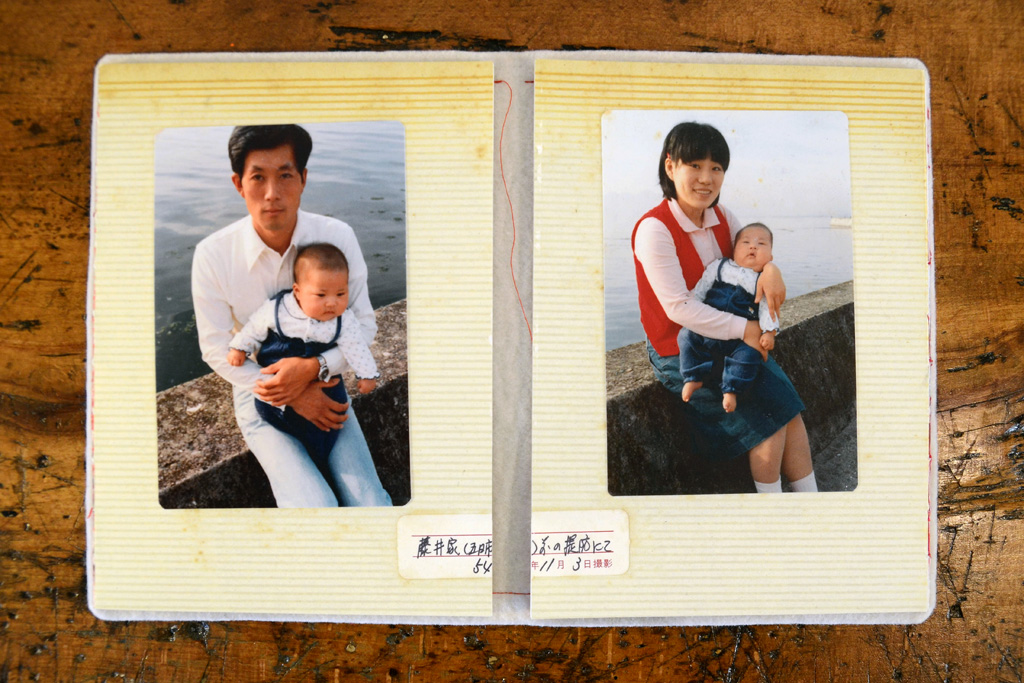
- Format, size and orientation: portraiture/ landscape/ square/ A5, A4, A3 / number of pages.
The photo book has been created in an A5 format with a variation of image sizes being used throughout the book, both landscape and portraiture with a wide variation of sizes and placements. The book consists of a total of 92 pages.

- Binding, soft/hard cover. image wrap/dust jacket. saddle stitch/swiss binding/ Japanese stab-binding/ leperello
Instead of a traditional soft or hard paper cover, the author has instead chosen a felt like material for the cover, creating a totally new experience for the viewer. The layout is also very unique, when opening the book, it splits into two separate sections, with both sides being very unique. The narratives are different too, covering the stories of the mother and father. The overall book is held together by Japanese stab binding using the very recognizable red string. The split binding allows the reader to page through one side and then the other, but the powerfulness comes from pairing both halves together. In this delicate and personal family album, Yoshikatsu Fujii ties the memory of his family back together with the cultural metaphor of red string.
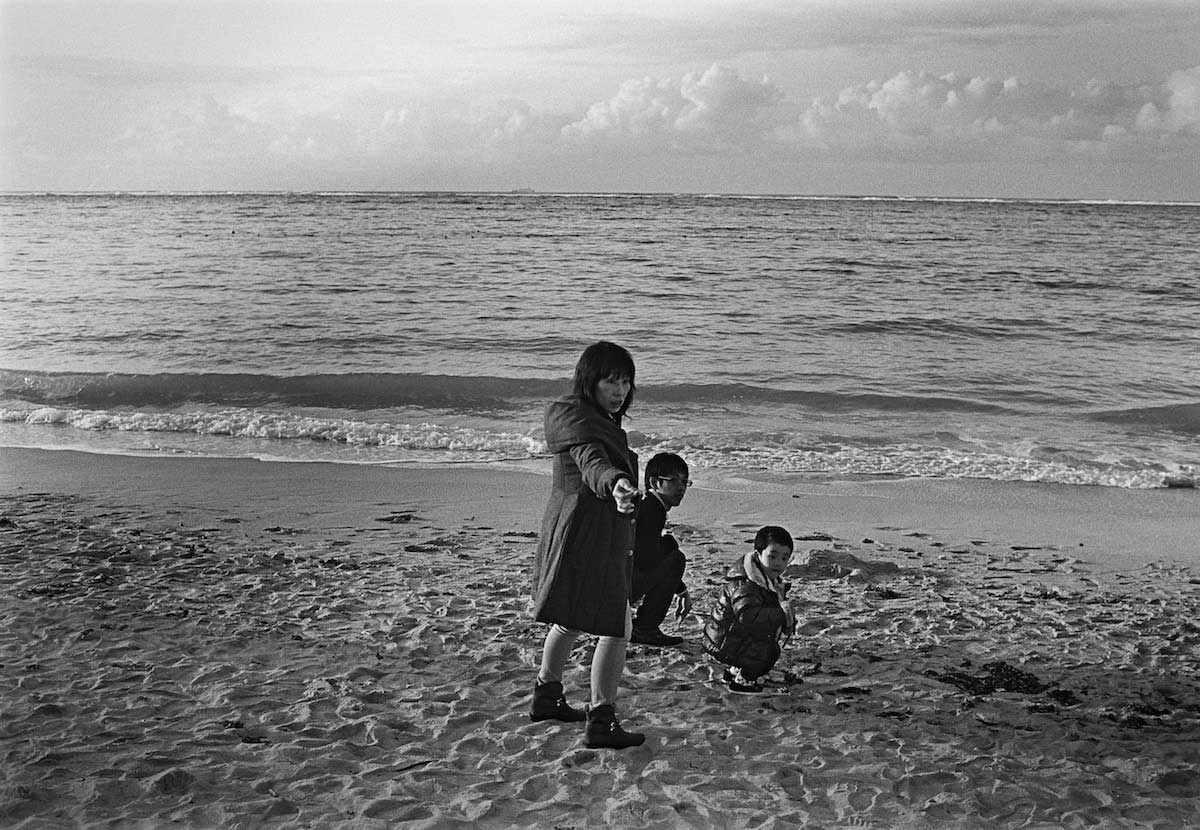
- Cover: linen/ card. graphic/ printed image. embossed/ debossed. letterpress/ silkscreen/hot-stamping.
The cover of the book is covered in a very soft felt material and sew together by a red string which ties together both the overall theme and title off the book.

- Title: literal or poetic / relevant or intriguing.
According to the Japanese legend, this thread emanating from the heart doesn’t end at the tip of the finger. It continues in the form of an invisible red string, which ’’flows’’ out of your pinkie and goes on to intertwine with the red strings of other people — connecting your heart with theirs.
Two people who are connected in this way are bound together by Fate itself. Sooner or later, they are destined to meet, no matter how far apart they live or how much their life circumstances differ. And, when it happens that encounter is certain to profoundly affect both of them. The strings can sometimes stretch and become tangled, which could postpone the fateful meeting. But those ties will never be broken.
- Narrative: what is the story/ subject-matter. How is it told?
“I received a text message. “Today, our divorce was finalized.” The message from my mother was written simply, even though she usually sends me messages with many pictures and symbols.
I remember that I didn’t feel any particular emotion, except that the time had come.
Because my parents continued to live apart in the same house for a long time, their relationship gently came to an end over the years. It was no wonder that a draft blowing between the two could completely break the family at any time.”

- Structure and architecture: how design/ repeating motifs/ or specific features develops a concept or construct a narrative.
Throughout the book there is repeated symbolism of family and nostalgia, the photos reminisce the days of when the author was a child, unassumingly enjoying her adolescent life. In a way it can be argued that these images get progressively more cold and sorrow as the happy family dynamic fades out just like the marriage of the author’s parents did. This can also be denoted by the fact that the images on the left hand portion of the book are in black and white possibly noting feelings of sorrow and a lack of love within the man’s heart towards his wife.

- Design and layout: image size on pages/ single page, double-spread/ images/ grid, fold- outs/ inserts.
An interesting aspect of this book is the unconsistent layout and spread. The left hand portion of the book includes images which are both colour and monochromatic, she played out in single spreads and some in doubles. The fold outs within this portion are also attached by the red string, adding to the continuity of the title and providing the reader with a constant reminder of the motif of this colour. Contrary, on the right hand side, the images are all monochromatic and lack colour. Interestingly there are also no fold outs in this portion showing the lack of emotion the father may have.

- Editing and sequencing: selection of images/ juxtaposition of photographs/ editing process.
The author of this book has likely utilised a large portion of family photo archives in order to create this photo book as we see a variety of images of different time periods within this book. There is again a large juxtaposition in this book with the lack vs prevalent use of colour within the left and right hand potions of the book. Moreover, another point of contrast is the lack of inserts within the right hand portion of the book.

- Images and text: are they linked? Introduction/ essay/ statement by artists or others. Use of captions (if any.)
The ways in which these images are linked are through the repeated use of archival imagery and the text which goes along it. Most noteworthy is the poignant quote, “today the divorce was finalised”, along side a family portrait. This book undoubtedly is a reflection of this family’s time together and the way in which a marriage grows apart. The split binding representing the ways in which these two people grew apart.
